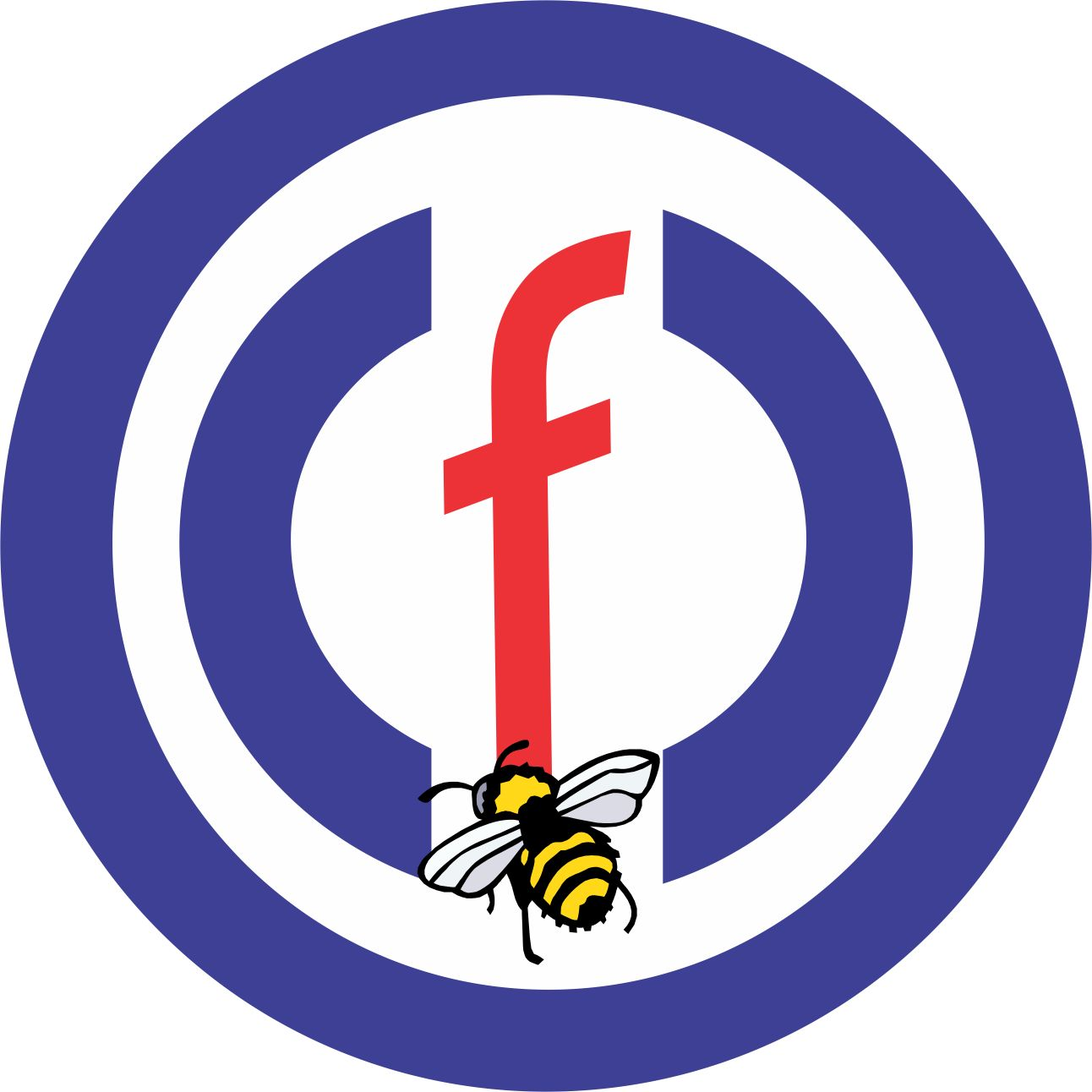Contents
The bid and ask prices are the best prices that someone is willing to buy or sell a certain asset. The Ask and Bid prices, as well as the spread, is something that every trader should know how to handle properly. Ask 100 traders if they can send you a copy of their sample trading plan and I guarantee you it will be the highest rejection level event of your life. Insider trading refers to trading in the stock of a publicly-traded company by its directors, employees, or anyone who has material, non-public information about its stock…. Don’t you just love the word “best” as it applies to anything in life?
The asking price is always higher than the bid price, and the difference between them is called the spread. Different types of markets use other conventions for the spread. The market maker may be on the other side of the trade or another investor/trader may be the counter party. If the B/A is $5.00 x $5.25 then the market maker only gets the 25 cents if there is no price improvement on either side and people are willing to trade at the current B/A .
Want to learn more about order types?
Above you can find an example of how the BID price is different from the LAST price on the rise. Market orders, limit orders, and stop orders are common order types used to buy or sell stocks and ETFs. A trailing stop order is a conditional order that uses a trailing amount, rather than a specifically stated stop price, to determine when to submit a market order.
- Let’s use an example to help everyone understand how these numbers are established.
- On the same option, sellers are probably offering many prices as well.
- Market makers take on risk by holding shares to buy or sell.
If you really want to trade that particular market, you’ll be better off using a limit pending order instead of a market order. Avoid trading, specially day trading or scalping, when the major sessions are closed. If we calculate the difference between both Bid and Ask prices we get the spread, which is 0.50 in this case. They are just there, waiting for a trader to arrive and accept to pay for that price. The lowest price that a seller is willing to sell, is called the Ask.
This reitehttps://forex-world.net/s that consistently making money trading stocks is not easy. Day Trading is a high risk activity and can result in the loss of your entire investment. The price difference between bid and ask defines the so-called spread.
Options Greeks Guide Part 5: What Is Vega
Welcome back to the Options 101 series presented by Tackle Trading! In this series, I will examine some of the basic concepts that you need to understand as you start to trade options. In this week’s article, we will look at the Bid/Ask spread, open interest, volume, and how these characteristics affect a trader’s decision-making. If you have a lot of shares to sell, your sale could drive the price down as it sells out. The term BID and ASK refers to a two-way price quotation that indicates the best price at which a token can be sold and bought at a given point in time.

Get stock recommendations, portfolio guidance, and more from The Motley Fool’s premium services. You might be looking at a stock in a very tight range that you will breakout aggressively. You don’t know if it will break out next week or within the hour. The aggressive vs. passive question is a weighing between immediacy and price.
Let’s use an example to help everyone understand how these numbers are established. The current stock price is the last trading price of the stock, or we can say the historical price. However, the bid and ask are the prices that buyers and sellers would offer.
In our example, we have the Bid price with a volume of 6 and the next level below with a volume of 28. Every time that someone makes a transaction, the Last price will update to the price where the transaction was made. That’s where the buyer with the highest price is waiting for someone to sell to him.
For instance, if Dan placed an all-or-none buy limit order for 10,000 shares at $1.00 and Ali enters the market with 9,999 shares to sell at the bid price, the trade wouldn’t execute. Like I mentioned above, stocks with wide bid vs. ask spreads trade infrequently. Even if you trade with limit orders, they can sit unexecuted on the bid or ask for days. Typically, ETF’s and large-cap stocks like Apple are highly liquid with narrow spreads. Many traders look to trade these stocks because they can easily get filled at the price they want. Besides having a deep knowledge about the bid vs. ask price, investors should build a trading strategy that considers institutional investors’ attention to the market.
A general rule is to trade options that have 100 contracts of open interest or more. If a contract was just created on a highly liquid stock, then it’s possible the open interest will be low, but the option will still be tradeable. If you’re not sure, then go with the rule that there should be at least 100 contracts or more before you trade that strike price. For new traders, it’s better to lean on the side of safety and make sure you’re trading liquid options.
As noted, the bid price shows the maximum price a potential purchaser is ready to fork out on a stock at any given moment in time. (There is no difference between a stock and a share; the terms are used interchangeably). Remember that everyone is reading stock charts and analysing trends as they are bidding. In general, the frequently traded stocks of the big companies have bid prices that are constantly fluctuating. The difference between the bid and ask price is called the spread.
Bid vs Ask vs Spread – Small big things that destroy your performance
The term “https://forexarticles.net/ and ask” refers to a two-way price quotation that indicates the best price at which a security can be sold and bought at a given point in time. The Balance uses only high-quality sources, including peer-reviewed studies, to support the facts within our articles. Read our editorial process to learn more about how we fact-check and keep our content accurate, reliable, and trustworthy. If a bid is $10.05, and the ask is $10.06, the bid-ask spread would then be $0.01. However, this would be simply the monetary value of the spread.
For this reason, it is essential that beginner https://bigbostrade.com/rs stick with highly liquid stocks and options with tight bid-ask spreads. The bid prices are set by the buyers and are usually under the current market price. Together, they indicate the best price at which securities can be bought and sold at a particular time. The bid price is the highest amount a buyer is willing to pay for a security, such as a share of a stock. The ask price is the least amount the seller is willing to accept for that security.
This can result in negative P&L right from the outset and put you behind the 8-ball. The ask price is the best price someone is willing to sell the instrument for. The Last price is the price where the last transaction was made. What is important is to identify them so that you can ignore them and focus on stocks that are moving. For this reason, it’s common to find big gaps in stock daily candles.

Treasury bonds are extremely liquid, so bid-ask spreads tend to be narrow. By contrast, markets for certain corporate bonds are less liquid and carry wider bid-ask spreads. In the stock market, aggressive trading typically makes the most sense in a trending stock.
If these 2 orders represent the highest bid and the lowest ask price in the market, the spread on this stock is $1. When investors talk about the bid-ask spread, they are often referring to stocks, but the same terms are used when trading other securities like bonds and options. In options, the bid vs. ask price varies depending on where the option stands. This is where the “size” of the bid and ask come into play.
Becoming an experienced trader takes hard work, dedication and a significant amount of time. The stock might run away from you while you’re trying to buy on the bid, forcing you to buy at even higher prices. The decision between passive trading and aggressive trading is riddled with trade offs. While passive trading can get you a better price , the stock might never trade at your price, leaving you behind. Going back to the real estate example, if there was just a housing crash and you want to buy a house, you might not want to pay the asking price.
While opening the sell trade, make sure that the trade will open from the bid price. The bid price is the highest price bulls are ready to pay for buying a trading instrument. After completing the whole section, you will implement the bid and ask price in your trading strategy and make money online. Spreads have been decreasing in the retail market due to the increasing use and popularity of exchanges and electronic systems. It enables small traders to get a competitive price, which only large players got in the past. Limit OrdersLimit order purchases or sells the security at the mentioned price or better.
The Options Report is a weekly briefing delivered to Pro members of Tackle Trading. In this report, you will receive information and education that will help you develop as a trader. We will also highlight attractive trade setups for the coming week that you can add to your watchlist. In this video edition of the series, Coach T examines the basics of the Naked Put strategy. In this article, Gino Poore delivers a great lesson on understanding and using the Delta of an option.
To understand this, you have to be clear on how buying and selling work. Even if you’ve never traded stocks, you’ve used the concept of a bid and ask. Longer-dated options have wider spreads than short-term options. One point worth noting here is that the very far out-of-the-money options will naturally have a tighter spread. For example, options that are trading for only $0.05 or $0.10 shouldn’t have a $1.00 spread. Next, we’ll compare some options on a highly liquid ETF and a less liquid stock .
The highest number is the one shown on the screen because it represents the best bid being traded on the market. On the same option, sellers are probably offering many prices as well. They may be coming in at 2.80, 2.70, 2.60, 2.55, and 2.50. To put it simply, a bid indicates the demand while an ask indicates the supply of stock. For example, a stock quotation has a bid price of $9.10 and an ask price of $9.17. In this case, the buyer is willing to buy it for $9.10, while the seller is willing to sell it for $9.17.
